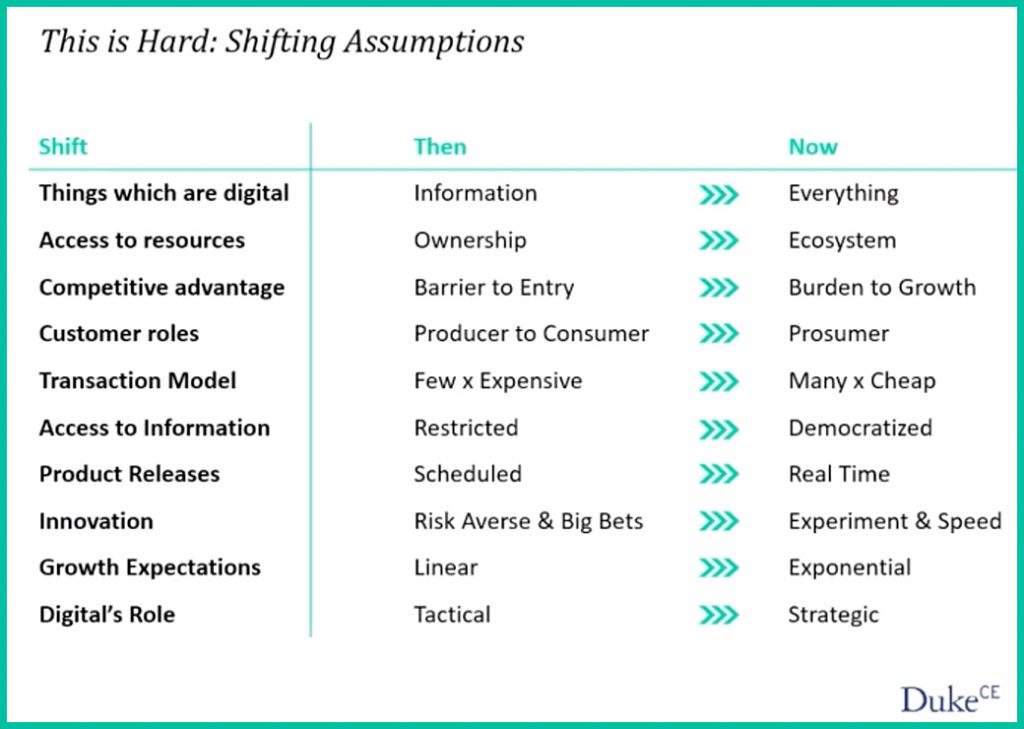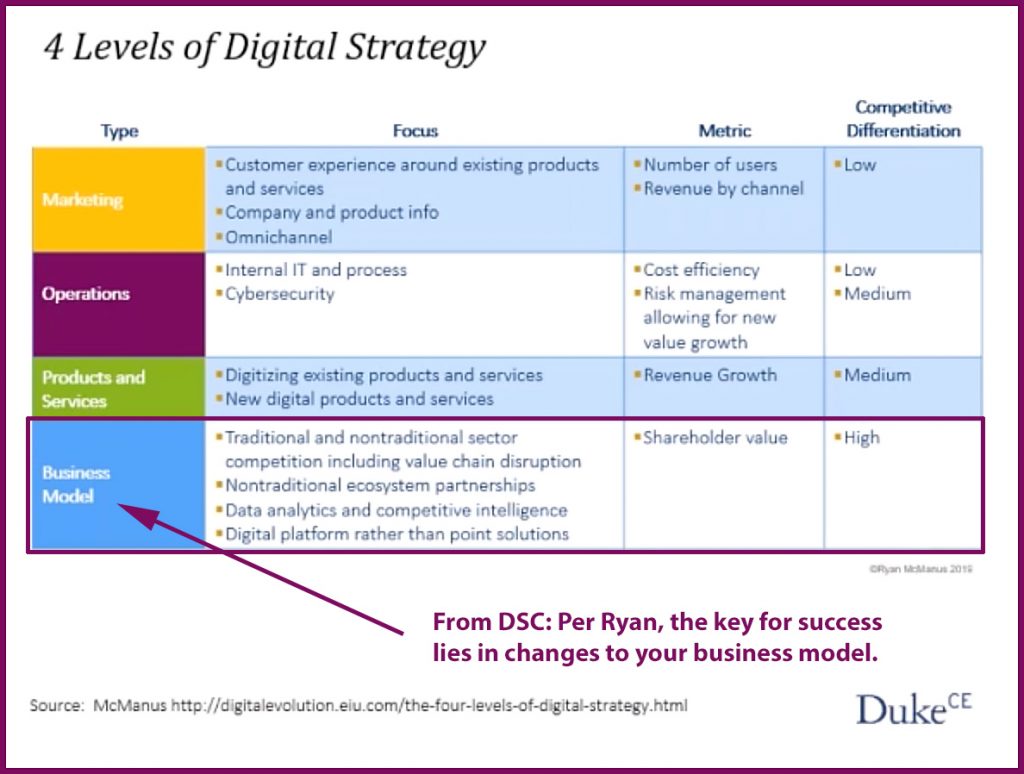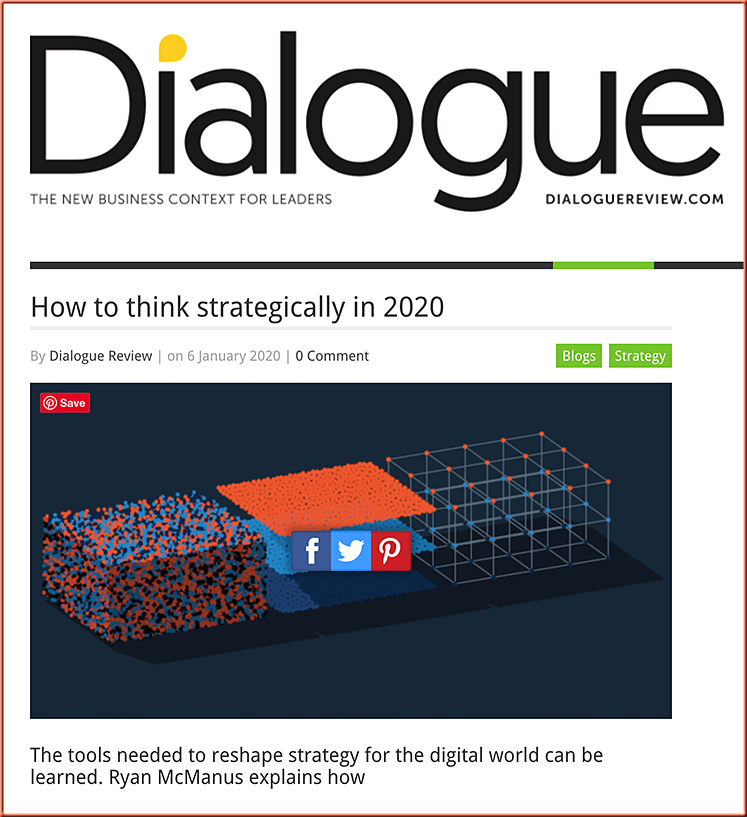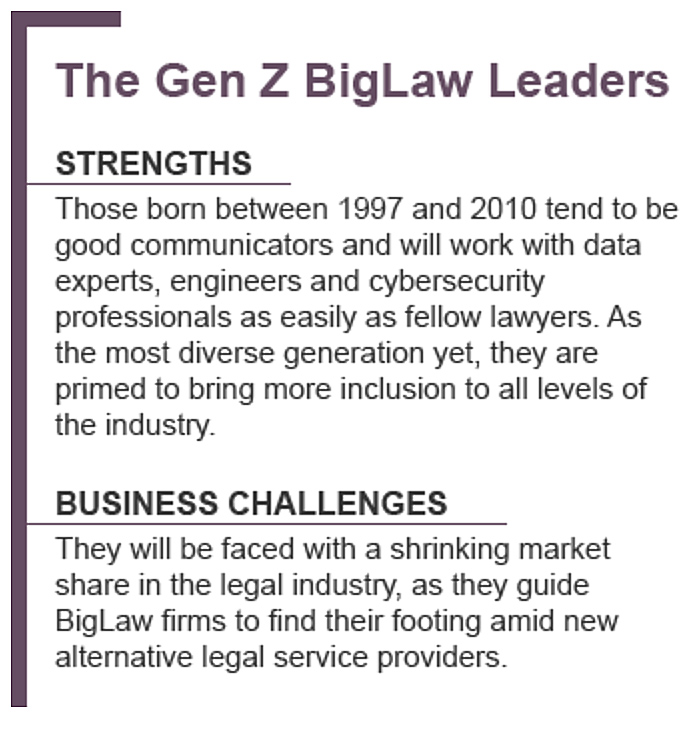From DSC:
Normally I don’t advertise or “plug” where I work, but as our society is in serious need of increasing Access to Justice (#A2J) & promoting diversity w/in the legal realm, I need to post this video.
Hmmm…can’t help but wonder if online-based courts would help mightily in this situation? [Christian]
DC: Hmmm…can’t help but wonder if online-based courts would help mightily in this situation? #legal #law #courts #lawschool #innovation #change #A2J https://t.co/lIxFg1X7Rb pic.twitter.com/88wWStlb10
— Daniel Christian (@dchristian5) March 23, 2020
COVID-19 Leaves Backlogged Courts With A Justice Pile-Up — from law360.com by Cara Bayles
It is high time to reform the rules that govern the practice of law — from legalservicestoday.com by Ralph Baxter
Excerpt:
Current regulations create a closed system
The current regulatory model has created a closed legal services system. It limits who can participate in legal services in two fundamental ways.
First, only those who undergo the time and expense of law school and become licensed as “lawyers” are permitted to deliver legal services. It is a crime for anyone to do work that falls within the deliberately vague definition of “the practice of law” unless they have a lawyer license.
Second, only lawyers are permitted to participate in the financial rewards of a law firm. Investment by others is forbidden, as is sharing profits within a law firm with personnel who are not lawyers.
The consequences of these limitations are clear and profound. The first limitation causes the cost of legal service to be much higher than it otherwise would be; it also causes the law firm workforce to have less diverse backgrounds (as other businesses have) resulting in less creativity and agility.
The second limitation limits the capital law firms can raise, which, in turn, makes it harder for them to invest in new processes and technologies. The most successful firms in this closed system command high enough fees that they can generate their own capital. The majority of firms, however, would benefit from greater access to capital. This is particularly acute for firms which serve individuals and small businesses; in these practices the economic stakes of matters are relatively small, warranting lower fees, making the need for outside capital even greater.
Also see:
- To increase access to justice, regulatory innovation should be considered, ABA House says — from abajournal.com by Matt Reynolds
- How a new program connects Utahns to lower-cost legal advice — from deseret.com by Annie Knox
Utah becomes 2nd state to create more affordable alternative to attorneys - ABA passes access to justice measure after opposition fades — from news.bloomberglaw.com by Sam Skolnick
ABA passes access to justice measure after opposition fades — from news.bloomberglaw.com by Sam Skolnik
- New York State Bar Association president lauds “powerfully important moment”
- Vote followed several days of sometimes tense negotiations
Excerpt:
The American Bar Association passed a resolution encouraging state bars to explore innovative approaches to access to justice by voice vote on Monday, after several days of behind-the-scenes negotiations during which its passage seemed unclear.
Proponents of Resolution 115 prevailed in the House of Delegates vote during the ABA midyear meeting in Austin, Texas, in part because they were willing to adjust the proposal’s language to make it more palatable to detractors who had been concerned about its possible impact on legal industry independence. The House of Delegates is the policy-making arm of the ABA, composed of nearly 600 members, two-thirds of whom represent state, local, and specialty-focused bar groups.
Also see:
- To increase access to justice, regulatory innovation should be considered, ABA House says (Links to an external site.) — from abajournal.com by Matt Reynolds
Excerpt:
The ABA House of Delegates passed a controversial resolution Monday to address the crisis of access to civil justice, encouraging states to adopt regulatory innovations to expand legal services to more Americans. The House adopted Resolution 115 (Links to an external site.) with broad support, even though it had spurred intense debate during the 2020 ABA Midyear Meeting in Austin, Texas. The ABA Center for Innovation and four of the ABA Center for Professional Responsibility’s standing committees sponsored the resolution. It will encourage U.S. jurisdictions to consider regulatory innovations that expand legal services. - How a new program connects Utahns to lower-cost legal advice — from deseret.com by Annie Knox
Utah becomes 2nd state to create more affordable alternative to attorneys
Using a Research-Based Approach – It’s Up to Us — from wcetfrontiers.org by Andria Schwegler
Excerpt (emphasis DSC):
This discrepancy suggests that perceptions are heavily influenced by idiosyncratic, personal experiences instead of by research.
Nearly a decade ago, a meta-analysis of studies comparing student learning in online, blended, and face-to-face contexts revealed no significant differences in learning across course modality (Means, Toyama, Murphy, Bakia, & Jones, 2010). Today, a growing body of research corroborates no significant differences exist (National Research Center for Distance Education and Technological Advancements, 2019). That some faculty attitudes are not aligned with this information suggests that concerns regarding course delivery are confounded with beliefs about course modality. Leveraging existing research on teaching and learning and conducting new research to address gaps can clarify how to address concerns with course delivery to facilitate students’ ability to meet learning outcomes instead of assuming course modality is the problem.
Greta Thunberg is the youngest TIME Person of the Year ever. Here’s how she made history — from time.com
Excerpt:
The politics of climate action are as entrenched and complex as the phenomenon itself, and Thunberg has no magic solution. But she has succeeded in creating a global attitudinal shift, transforming millions of vague, middle-of-the-night anxieties into a worldwide movement calling for urgent change. She has offered a moral clarion call to those who are willing to act, and hurled shame on those who are not. She has persuaded leaders, from mayors to Presidents, to make commitments where they had previously fumbled: after she spoke to Parliament and demonstrated with the British environmental group Extinction Rebellion, the U.K. passed a law requiring that the country eliminate its carbon footprint. She has focused the world’s attention on environmental injustices that young indigenous activists have been protesting for years. Because of her, hundreds of thousands of teenage “Gretas,” from Lebanon to Liberia, have skipped school to lead their peers in climate strikes around the world.
















